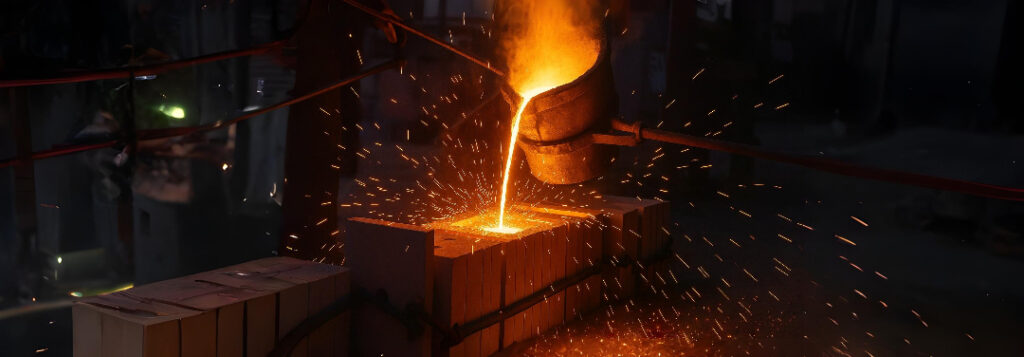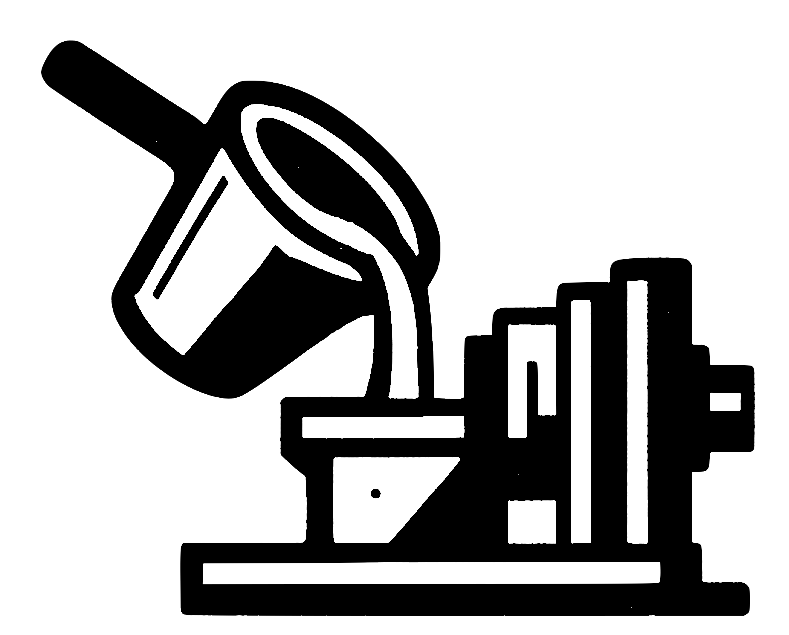
Oxide Lap Defect Prevention Guide
Introduction
Oxide lap defect looks like a neat, horizontal crack that traces the perimeter of a die‑cast component. It forms when liquid metal floods over a rigid surface crust, folding the oxide skin instead of breaking it. The result is a pre‑planted fracture that machining, pressure testing or fatigue quickly exposes. This guide explains the oxide lap mechanism, contrasts it with confluence welds and flow‑tube cracks, and shows practical gating tweaks that prevent all three. Master these principles and you will slash scrap rates, boost strength and keep customers happy.
What Is an Oxide Lap?
Imagine pouring metal onto a cool plate; the first metal freezes, forming a thin crust. If hotter metal overtops that crust, the skin folds into the melt dry‑side to dry‑side. The resulting lap is a planar bifilm that rings the casting with millimetre‑perfect geometry. Because both sides remain oxidised, no metallurgical bond forms. Early X‑ray micrographs show laps propagating as clean, straight lines that fracture under a few percent strain [1]. The takeaway: a lap is not a cold shut. It is a crack inserted during filling.
Confluence Welds versus Laps
Confluence welds occur where two streams meet head‑on after one has stalled. The stalled surface cools, permits oxide growth, then receives the second stream. The resulting vertical crack slices through the wall. Unlike laps, welds align with flow direction and show dendrite rows on each side. Radiography spots them as straight, through‑thickness streaks at mid‑wall. Prevention focuses on balanced runners that keep both streams advancing together. If one runner lags, shorten it or widen its gate to restore timing.
Flow‑Tube Cracks
A falling jet forms a cylindrical oxide sheath. When that jet strikes the metal surface, the tube collapses into a rolled‑up crack called a flow‑tube defect. Flow‑tubes often appear under sprue impact zones. Limit fall height to 12 mm or add a well that cushions impact. Flow simulations confirm that even modest drops create jets with Weber numbers above two, ensuring oxide rupture and tube formation [2].
Temperature Control and Filling Sequence
Laps love low metal temperature. Keep melt superheat within 30 °C of the alloy’s recommended pour to maintain a live surface. Pre‑heat dies to uniform temperatures; a 40 °C die‑face gradient can freeze the first droplet before its neighbour lands. Sequence gating so every new front advances, never retreats. Bottom‑up fills excel because the surface always grows upward, eliminating overtopping events that create laps.
Runner Geometry and Velocity
Design runners to keep surface velocity below 0.5 m s⁻¹ at every free surface. A shallow, wide runner reduces head pressure, while vortex inserts cut kinetic energy. Filters near the gate add a gentle pressure drop that calms the front. Ensure gates discharge horizontally into the cavity, not downward onto a floor where a crust can form.
Inspection and Rapid Feedback
Laps hide until proof pressure or fatigue testing. Inline thermal cameras spot cool dots that betray early skin formation. High‑speed shot‑sleeve sensors reveal velocity spikes that may shove metal over a crust. Use these tools to flag risky shots. Scrap on the same shift drops when operators adjust first‑phase velocity based on live data.
Conclusion
Oxide lap defect, confluence welds and flow‑tube cracks share one root cause: surface oxides meeting dry‑side to dry‑side. Control temperature, tame velocity and design runners for continuous, upward growth, and these perfect‑geometry cracks vanish. Implement the checklist above and watch tensile scatter shrink while customer confidence soars.
References
- Campbell J. Oxide film defects in cast aluminium alloys. Metall Mater Trans B. 2011;42:913‑921.
- Park JY, Lee GH, Müller T, et al. CFD‑guided mitigation of flow‑tube defects in HPDC. Int J Metalcast. 2024;18(2):145‑154. Available from: https://link.springer.com/article/10.1007/s40962-023-01410-5
